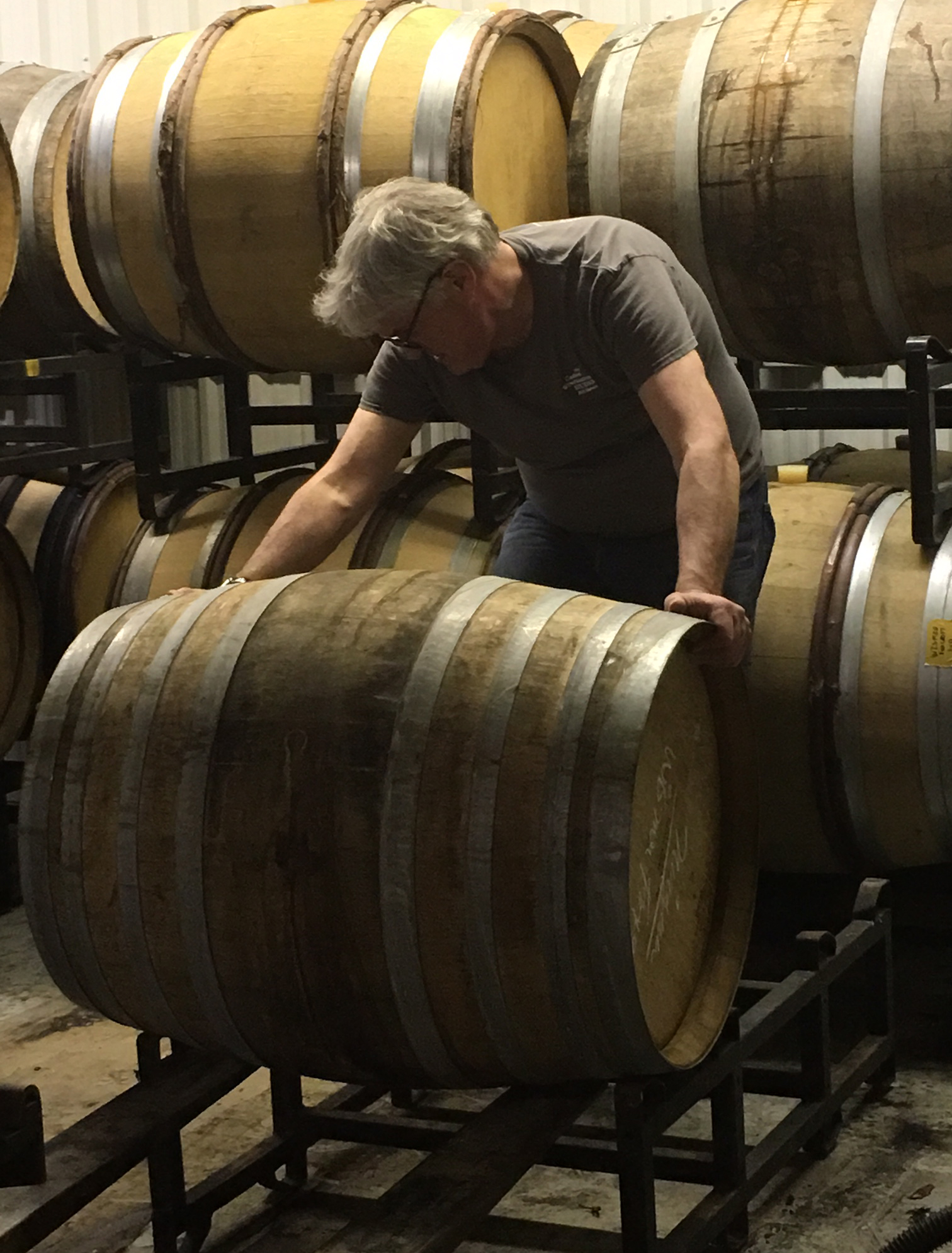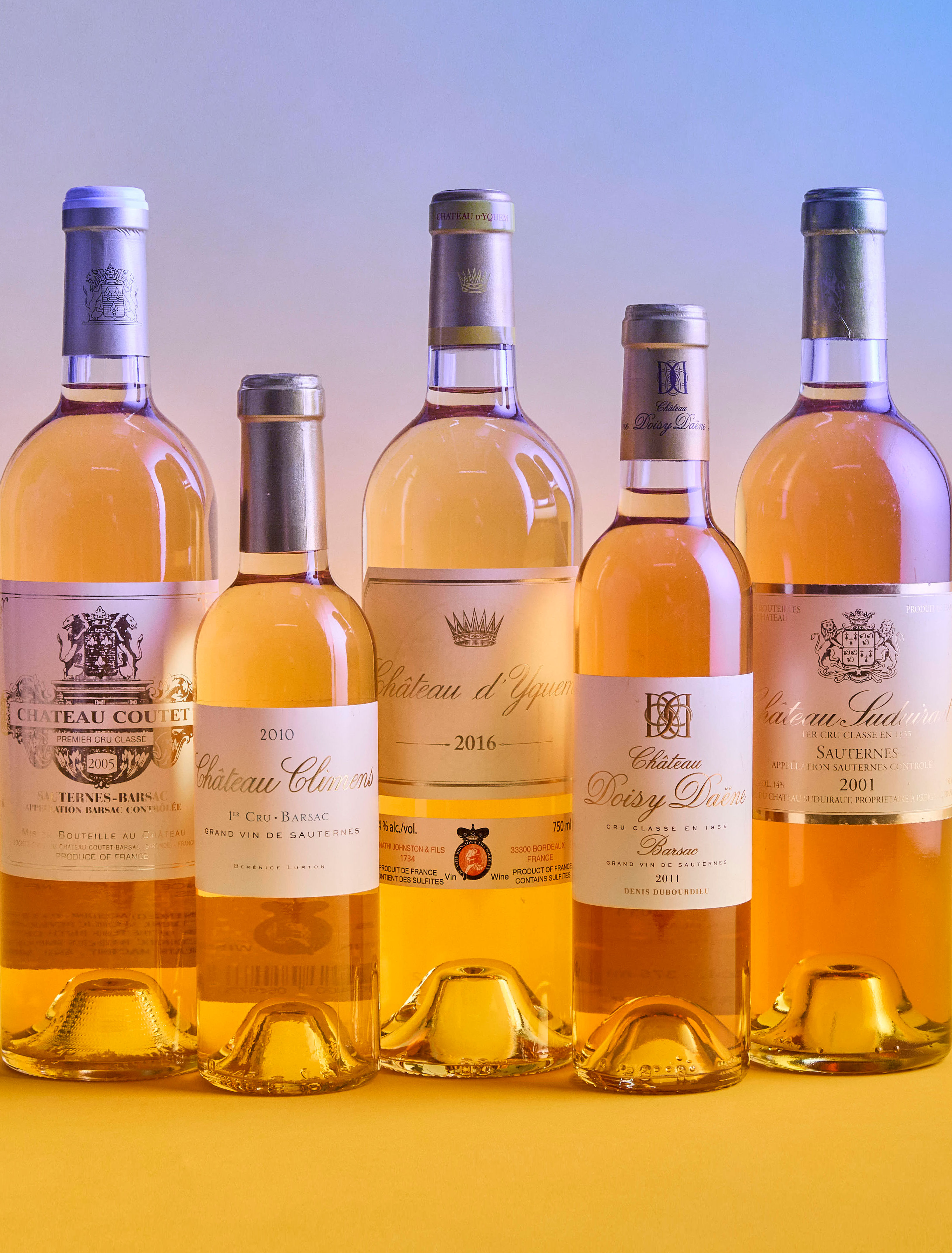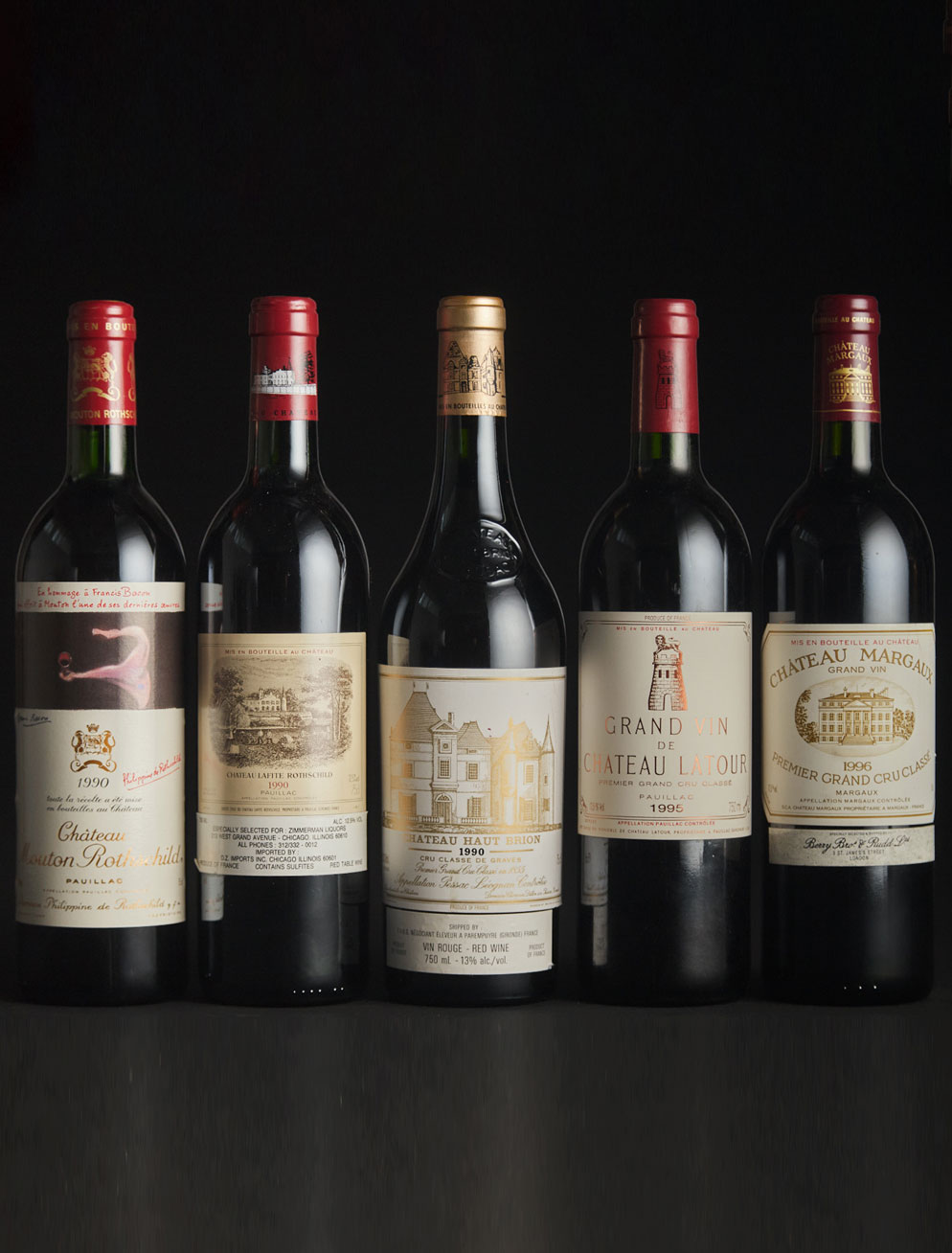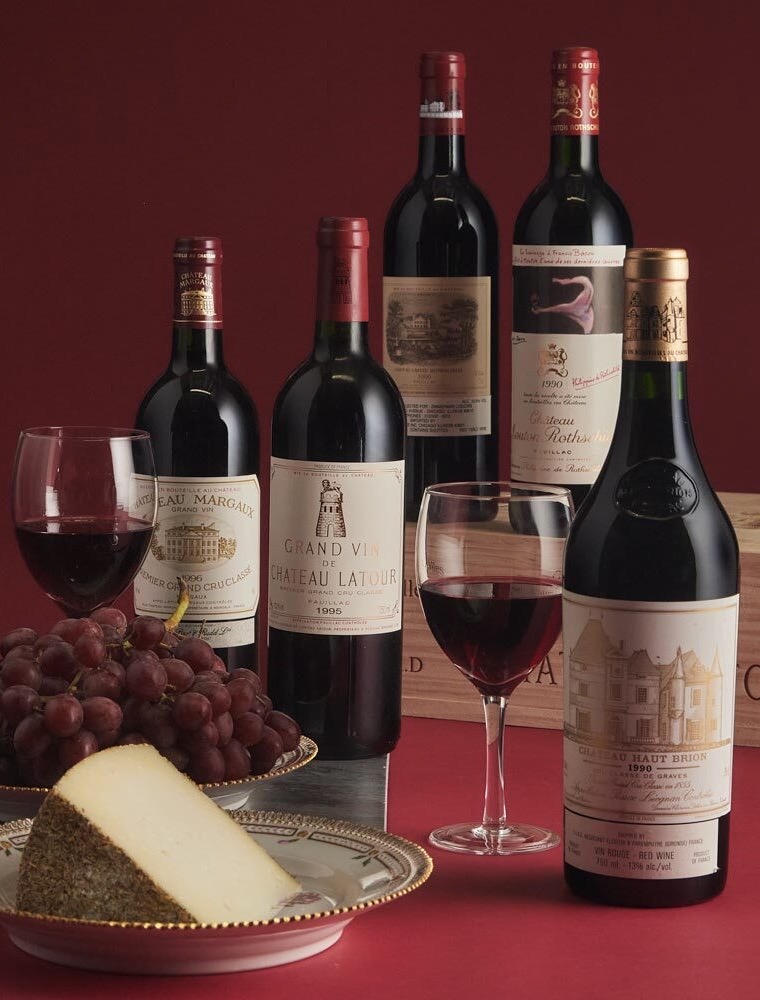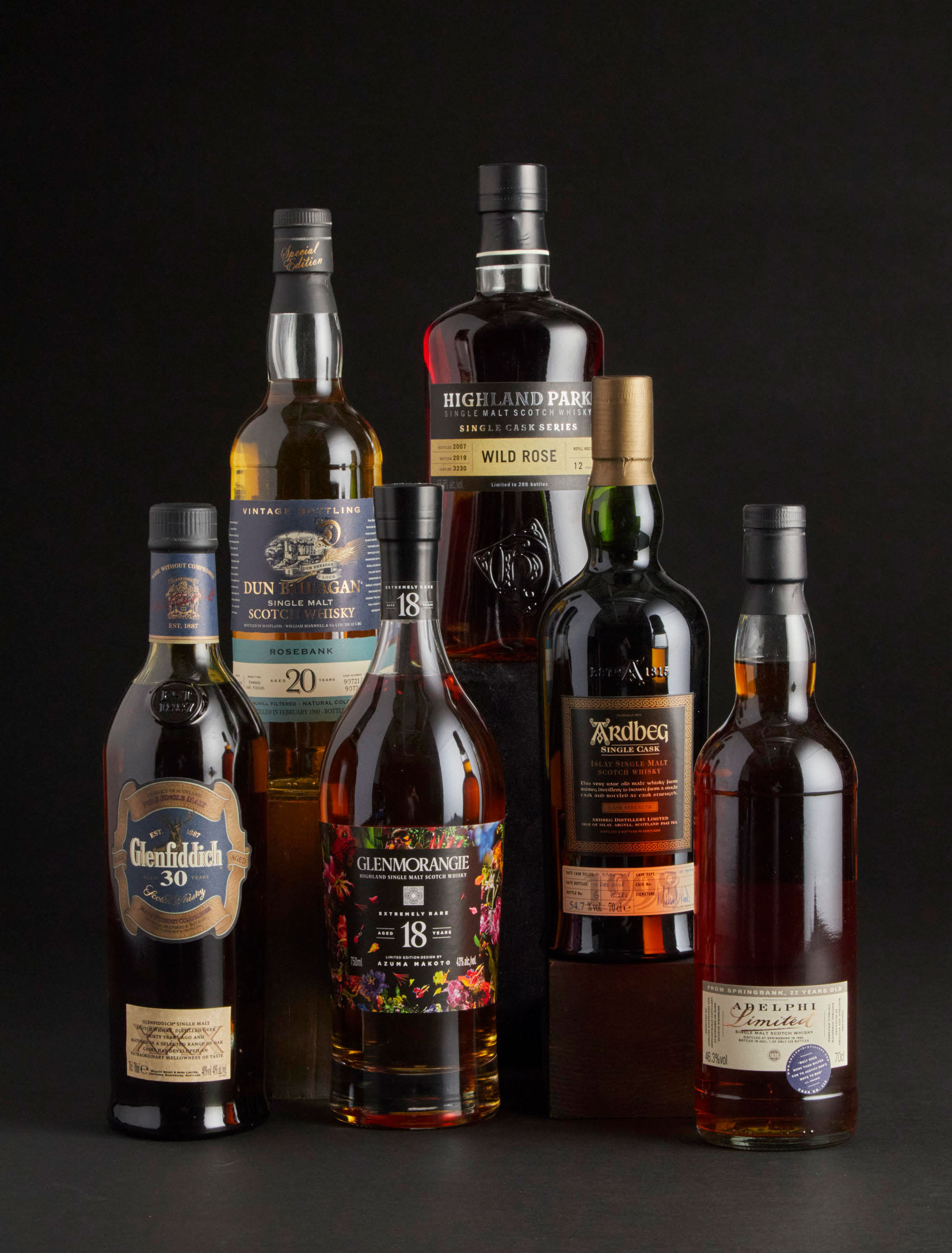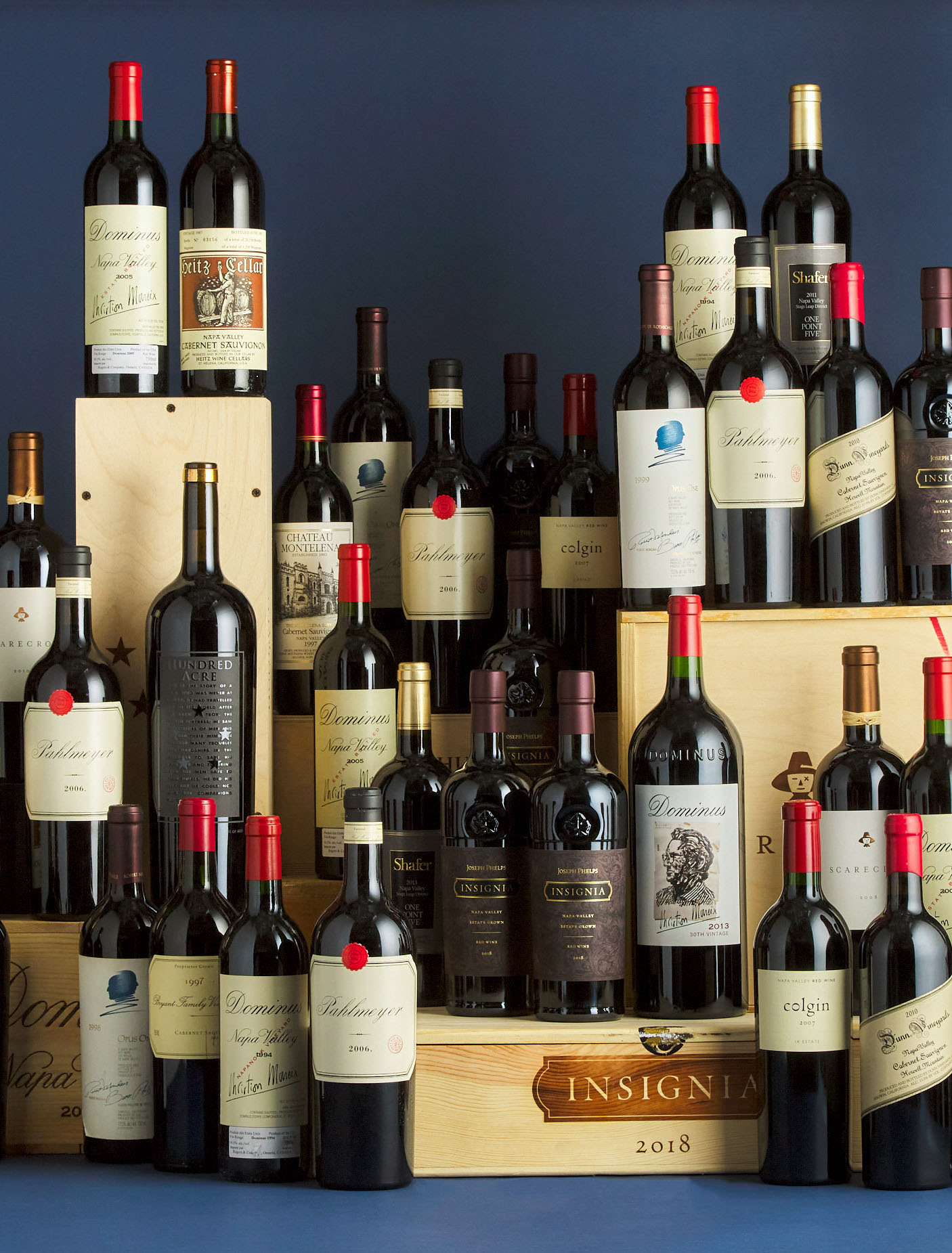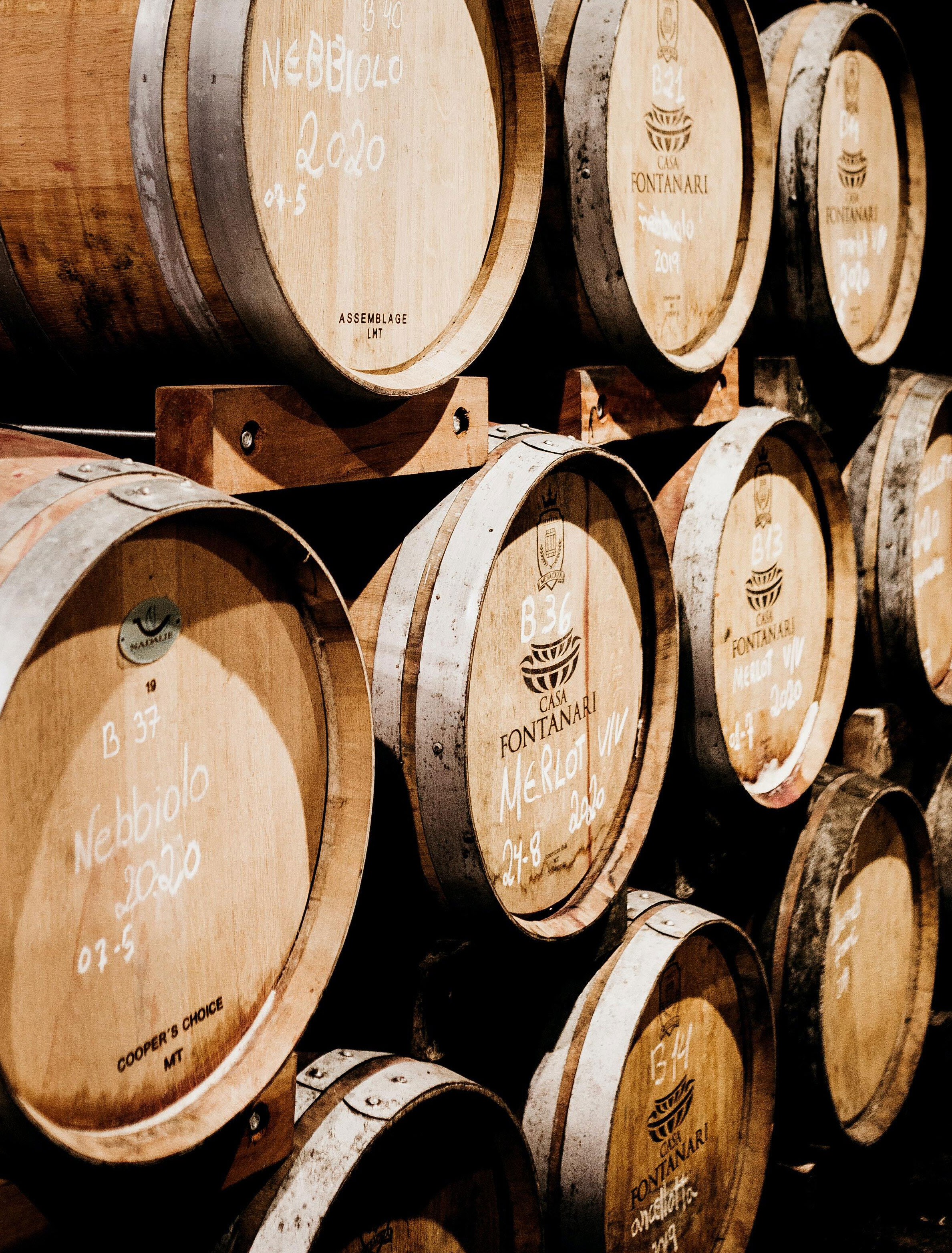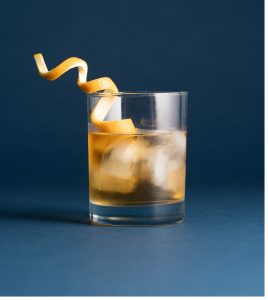
While the precise origin of the cocktail has been lost in the fog of history, historians and afficionados alike continue this – ahem – spirited debate. For as long as humans have been drinking alcohol, they have been mixing their drinks: the Minoans combined beer with wine and mead, the ancient Greeks were known to enjoy adding ingredients like honey and seawater to their wine, and wealthy mediaeval Europeans blended batches of alcohol flavoured with sugar and spices imported from the Middle East during the Crusades.
Americana or Britishism?
Many Americans claim the modern cocktail as their own, though it seems that the cocktail was in part inspired by British punches. Punches were large bowls of spirits blended with juice, spices and/or other ingredients, which were consumed in “punch houses” throughout the 18th century. The cocktail is thought to have been a sort of individual serving of punch, made to order rather than served out of a pre-mixed communal bowl. British punch was itself an import from India, which had been colonised in the 17th century. In India, sweet, fruity alcoholic blends had been part of local cuisines for over a millenia, and were an instant hit with British palates – unlike curries, which took decades longer to find a European audience.
The term “cocktail” first appeared in print in a British newspaper in March 1798, though some note that its truest definition appeared in 1806 in America. The Balance and Columbian Repository of Hudson, New York described the cocktail as “a stimulating liquor composed of any kind of sugar, water and bitters, vulgarly called a bittered sling.” A sling, which predates the cocktail, is composed of alcohol, fruit flavours, water and sugar – similar to a punch but without the spices – which is why the first cocktails were seen as a bitter (or bittered) version of this sweet drink. Bitters were seen as having medicinal properties, and were prescribed for conditions as diverse as jaundice, indigestion and hangovers.
Cock-tail, anyone?
As for the etymology, theories abound. It has been argued that the term comes from the French term for an egg cup (“coquetier”), named after the Aztec princess Xochitl, or that the last dregs from barrels of spirits were mixed together and sold off as cheap “cock-tailings.”
David Wondrich, a cocktail historian, notes that there is no proof for any of these theories. In his 2007 book Imbibe, he triangulates the naming and popularisation of the cocktail to the Hudson Valley, or at least somewhere between Boston, Albany, and New York. Wondrich continued to research the obscure origins of the cocktail even after his book was published, coming to the conclusion that the term was a vulgar one which originated in Britain, and referred to the practice of horse dealers inserting ginger or pepper suppositories inside their horses to make them carry their tails in a jaunty fashion before they were sold. In his excellent history of the term, written for Saveur, Wondrich quotes Francis Grose’s 1785 A Classical Dictionary of the Vulgar Tongue, in which Grose explains that a raised or cocked-up tail was a sign of a spirited horse: Grose explains that the term is “used figuratively for encouraging or spiriting one up” and that the term was transposed to mean a pick-me-up for humans too. Early British tonics indeed included pepper or ginger, which Wondrich concludes were the basis for the bitters added in more modern cocktails.
New recipes and new ingredients
Early cocktail culture included a broad range of experimentation, all designed to entice clients to enjoy booze in new ways. Jerry Thomas, aka Professor Thomas, is often credited with bringing cocktail culture to a wider audience, due to his comprehensive 1862 book The Bartender’s Guide (or How to Mix Drinks). Gleaned from experience gained from tending bar around the world, the Connecticut-born Thomas shared recipes which continue to be imbibed today, including the Old Fashioned, the Sazerac and the Martinez, which many consider to be the precursor to the Martini. In Thomas’ book, the cocktail was a subset of mixed drinks, rather than the general umbrella term that it is today.
The rising popularity of cocktails was also made possible by the mainstream introduction of ice. Cocktails would have been served at room temperature or warm before the Boston-based Frederic “Ice King” Tudor figured out a method to import ice to warmer climes. The addition of ice to cocktail culture cannot be understated, and resulted in a boom in the consumption of mixed drinks around the world.
Cocktails became an important part of entertaining at home, either at dinner parties or the newly fashionable cocktail parties – a dinner party without the dinner part. Jeffrey Miller, writing for the Smithsonian magazine, writes that by the turn of the 20th century, “cocktails became synonymous with America the way wine was synonymous with France and Italy.”
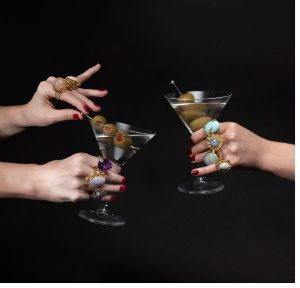
Creative Cocktails in the Prohibition Era
The history of the cocktail would not be complete without mentioning the role of Prohibition in the US. Enacted on January 17, 1920, The Volstead Act forbade the production of beverages that contained more than half a percent (0.5%) alcohol, effectively shuttering breweries, distilleries and wineries for 13 years. Many bartenders, keen to continue their craft, moved abroad to places like London and Cuba. Though this helped to enrich the cocktail cultures outside of the US, it forced drinkers stateside into underground clubs known as speakeasies.
Smugglers, mobsters and bootleggers imported Scotch and a few other spirits, but because it made little economic sense to bring in any substantial quantities of vermouth or bitters, most establishments stopped making cocktails, preferring to serve booze straight out of the bottle. A fully-stocked bar would also be difficult to move should a venue be raided.
Lesser establishments served homemade hooch known as ‘moonshine’ or ‘bathtub gin,’ or spirits distilled from industrial alcohol. These raw, unrefined spirits were harsh and barely palatable, inspiring makers to attempt to mimic the taste of higher quality spirits by mixing in a few dubious additives: ‘bourbon’ was made by steeping moonshine with rotten meat or dead rats, ‘gin’ was made by adding juniper oil to raw alcohol, and smoky ‘Scotch’ by adding creosote – a wood tar-based antiseptic. Gin proved to be the most popular spirit of the period – easy to make, cheap, no rats required – which is why many Prohibition-era cocktails are gin-based.
Whether flavoured or raw, these rough spirits were often mixed with juice, cream or other mixers to camouflage their less-than-ideal taste. This gave rise to drinks such as the Alexander, designed to de-emphasize the taste of alcohol, unlike the original spirit-forward cocktails of the previous era.
Tiki, martinis, modern mixology
Post-Prohibition, the next big era in cocktail trends was Tiki, ushered in by America’s new presence in the Pacific during and after the Second World War. A corrupted form of Polynesian culture was imported and adapted to form a brightly coloured rum-based trend, finding its most famous expression in Ernest Raymond Beaumont Gantt’s Hollywood bar Don the Beachcomber and Victor Bergeron’s chain of Trader Vic’s restaurant/bars, both of which claim to have invented tiki’s signature cocktail, the Mai Tai.
By the 1960s and 70s, “Mad Men, Manhattans and Martini lunches” were all the rage. Though James Bond’s iconic shaken-not-stirred martinis became a phenomenon in their own right, cocktails took a backseat when the psychedelic, hippie drug cultures took centre stage. It wasn’t until the late 1980s that a cocktail renaissance began.
Many credit bartender Dale Degroff at New York City’s Rainbow Room with reviving the classic cocktail – harkening back to Professor Thomas’ original recipes made with fresh, high-quality ingredients – and inspiring other bartenders to follow suit. Bars began to emulate the dimly-lit, cocktail-focused speakeasies of their Prohibition era predecessors, and bartenders became celebrities in their own right as menus expanded with new riffs on old classics. The Cosmopolitan is perhaps the most iconic drink of the era, a riff on a 1930s recipe which ushered in a new era of fruit martinis.
Nowadays, cocktail culture is fueled by the internet, with bartenders around the globe swapping recipes and techniques. Exotic ingredients and fine spirits are readily available online, and audiences have become well-educated in their own right, meaning that drinkers look for a high degree of originality and sophistication – worlds away from the cocktail’s more rough-and-ready roots.
About the auction
Featuring 350 lots including rare and collectible bourbons, unique Japanese whiskies, and sought after Rum and Single Malt expressions, highlights from our Fine Spirits auction (September 12-20) include the very rare Clynelish 1965 29-year-old Sherry Cask, Glenfiddich Private Reserve Single Malt, Bowmore 38-year-old Single Malt, a 30-year-old Moutai, and Ron Santiago De Cuba Extra Añejo Rum.
For more information and consignment information for our November auctions, please contact us at [email protected] or visit the Fine Wine & Spirits Consignments page for more information.
Waddington’s in high spirits recipe
Ingredients:
1.5 ounce bourbon whiskey
1 ounce Canadian rye whisky
1/3 ounce brown sugar syrup (2 parts sugar, 1 part water)
2-3 drops bitters
Orange twist
Stir all ingredients together with ice in a separate glass or shaker. Strain into a clean old-fashioned glass with fresh cubes of ice. The final drink should be slightly cloudy.
Garnish with orange zest twist zested into the finished drink.
Cheers!
Related News
Meet the Specialists

Joann Maplesden
Senior Specialist

Devin Hatfield
Specialist



